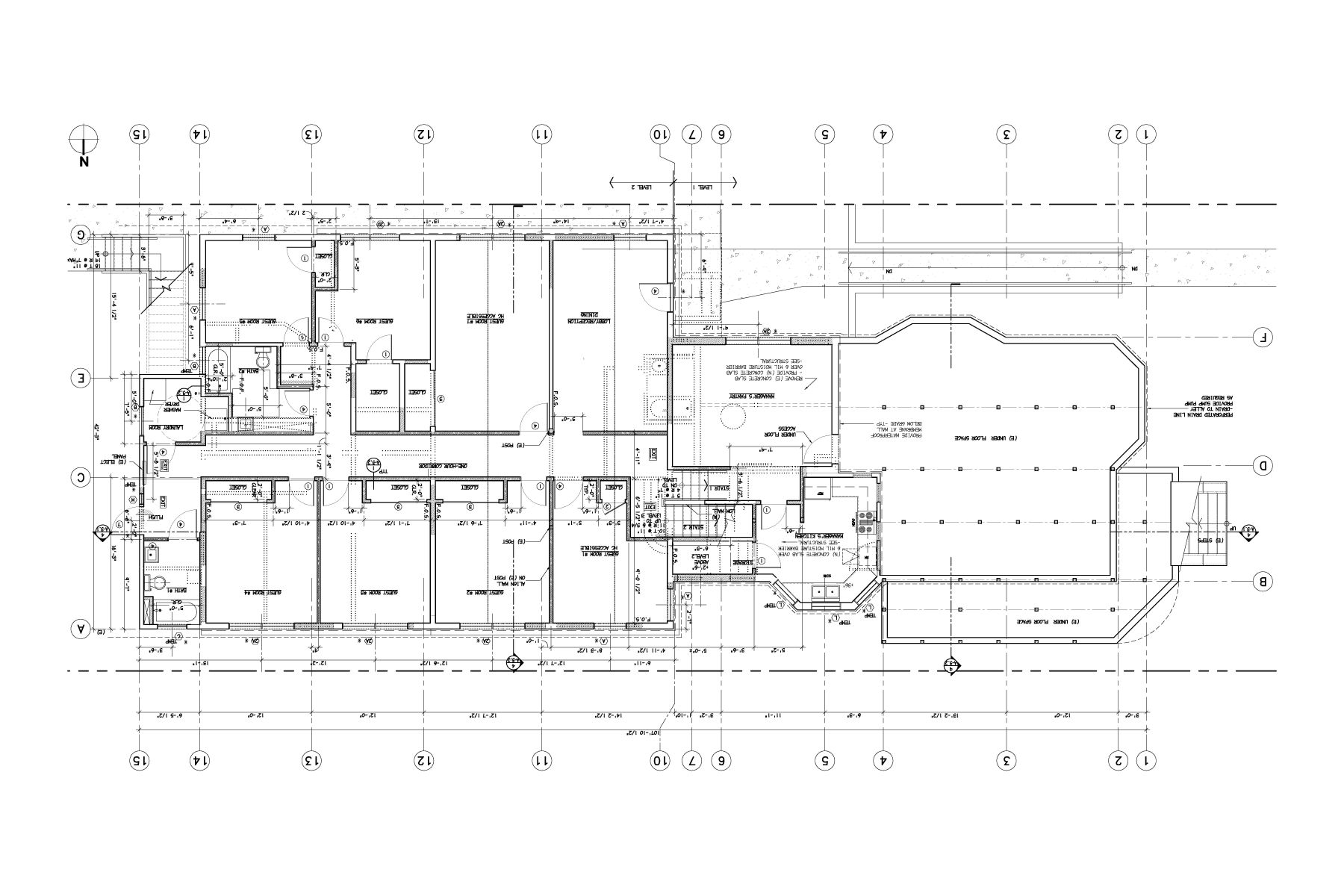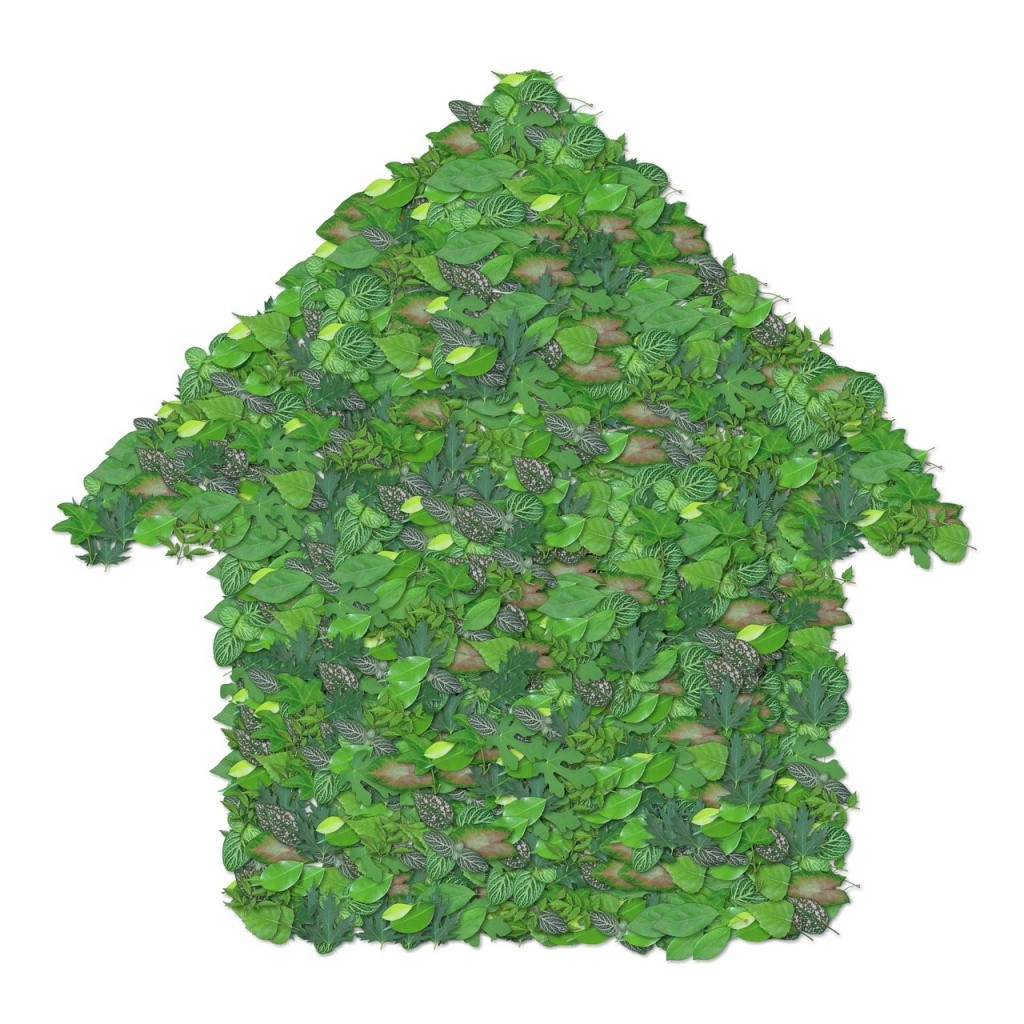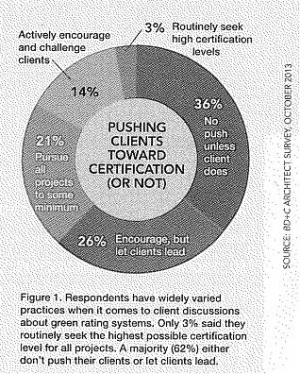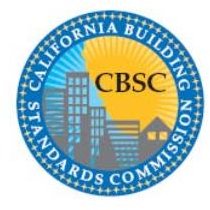Times have changed. In most cases you can no longer just go to the city and get all of your government sign off needs in one shot. No more napkin plans as in the old days. The building plan check itself is not the time consuming issue. If you do a good job preparing your plans, obtaining the sign offs needed should be completed with one set of corrections and then approved. However, this is not necessarily true. It depends on the plan checkers. One department can make you change the drawings that then need to be rechecked by another plan checker; i.e. planning, cultural affairs, accessibility, green/sustainability issues, fire, and building departments. Different departments might be in entirely different locations and time schedules
Green Design Jim
As an architect I have always looked into what a site and or building will accept as its natural response to a specific use, as well as how it will function in its environment and how its aesthetic will express itself in its community. The options are usually endless but the use sets the direction. There will probably be a sweet spot just for the main attraction, the corporate leaders or the master bedroom. Sometimes this is the board room or the living room. But, there are many issues that will affect those and or many other options.
These are just a few of the design parameters that affect a design. Protecting the health, safety, and welfare of society is what Architects are charged with. One must lead to have this result! Health, safety and welfare are directly a  result of choices. The big picture starts with the quality of earth (our land), air, water, and fire (energy) that exists. They are what our lives revolve and evolve around. Human choices affect these entities.
result of choices. The big picture starts with the quality of earth (our land), air, water, and fire (energy) that exists. They are what our lives revolve and evolve around. Human choices affect these entities.
As citizens and design professionals we need to think in terms of NET-ZERO uses of these elements. I don't mean Net-Zero the famous free-internet-access company, I mean the idea that the net result of what one takes from the environment less what the architect adds to the environment with their careful design and materials usage should be zero. Designing out of the box, using existing knowledge that used to be common or new ideas that lead to more resource friendly choices are what the norm should be. The status quo is not working. Our environment is being depleted of its many gifts to us.
When I read articles like the GreenBuild 2013 Report I think back to the 1960’s and 70's when I volunteered in many community activities. Whether they were political or individual issues really did not matter. I was one of many who took to the streets to make a difference. One that would set the foundation for a paradigm shift in the way people felt and acted. The individual actions were not going to have an immediate reaction in how life was lived. Even the politicians could not promise the world, only a start of pattern change that would eventually change the way and decisions humans made.
Tips For An Efficiently Run Project And Controlling Design Service Fees
It is our goal to keep your project moving efficiently and to control costs. In that endeavor, we recommend that the following items be considered which will help to control expenses and help expedite the design and construction process:
-
Quick Responses: It is helpful to get quick responses to our questions, whether as a callback or email. This will allow us to continue moving on your project and reduce the start/stop time which slows a project down and requires more effort in reworking issues in question. Also, if there are several questions asked in one email, please respond to all the questions listed. If they cannot all be answered at one time, we ask that you respond to what you can and note that you are working on the other answers. It saves time from going back and forth.
Green Design Jim
The enforcement of the 2010 California Building Code (CBC) is changing into the new 2013 CBC. The 2011 Los Angeles Building Code we have been told will be enforcing the 2013 CBC. We have not received confirmation on this yet. As part of JHAI continuing education program Arnie LeVine and I participated in the AIASFV "New T24 Energy Code - Cal Green" Evening program 11/2013.
Company
Legal
The content of this website is provided for information purposes only. While every effort is made to ensure that the information contained within the website is accurate and up to date, JHAI makes no warranty, representation or undertaking whether expressed or implied, nor does it assume any legal liability, whether direct or indirect, or responsibility for the accuracy, completeness, or usefulness of any information.
All materials, unless otherwise stated, are copyright and remain the property of JHAI.




